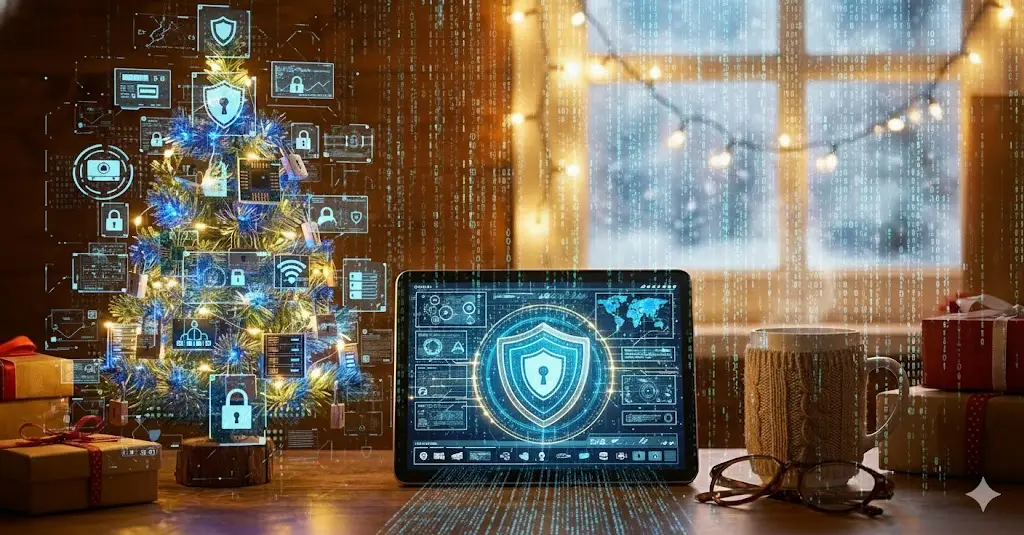Steps In Enterprise Application Development
29 Apr 2024Enterprise application development is the process of creating software applications designed to meet the needs of large organizations/businesses. These applications are developed to support various business processes, better productivity, improve efficiency, and advance decision-making within an enterprise.
This process has many steps as follows :
- Requirement Gathering: The development team works with businesses to gather and document the requirements of the enterprise application. This involves understanding the organization's goals, processes, and user needs.
- System Design: Once the requirements are gathered, the development team designs the system architecture and database. They determine the overall structure of the application, including modules, components, and data models. This stage also involves defining user interfaces, workflows, and integration points with existing systems.
- Software Development: This stage involves writing code, implementing business logic, creating database schemas, and developing user interfaces. Development teams may use various programming languages, frameworks, and tools depending on the specific requirements.
- Testing: Testing is conducted to identify and fix any bugs. Different types of testing, such as unit testing, integration testing, system testing, and user acceptance testing, are performed to ensure the application functions as expected, meets the requirements, and provides a high level of quality.
- Deployment: This stage involves setting up the necessary hardware, software, and network infrastructure to support the application's operation.
- Maintenance and Support: After deployment, ongoing maintenance and support are provided to the enterprise application. This includes monitoring the application's performance, addressing user feedback, fixing bugs and vulnerabilities, and implementing updates and enhancements as required. Regular maintenance ensures the application remains secure, stable, and aligned with evolving business needs.
There are many different types of these enterprise application systems. For example, Enterprise Resource Planning (ERP) systems are applications which include business functions such as finance, human resources, supply chain management, and customer relationship management into a unified system. There are also Customer Relationship Management (CRM) systems that manage an organization's interactions with customers.
Overall, enterprise application development focuses on creating software solutions that align with the unique needs and objectives of large organizations, helping them operate efficiently and effectively in a highly competitive business environment.




